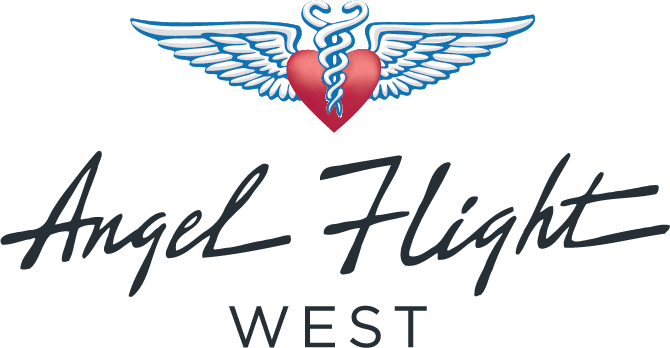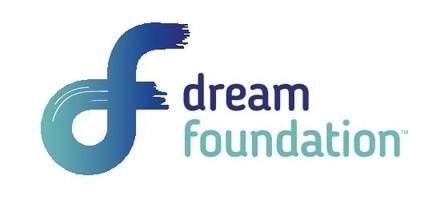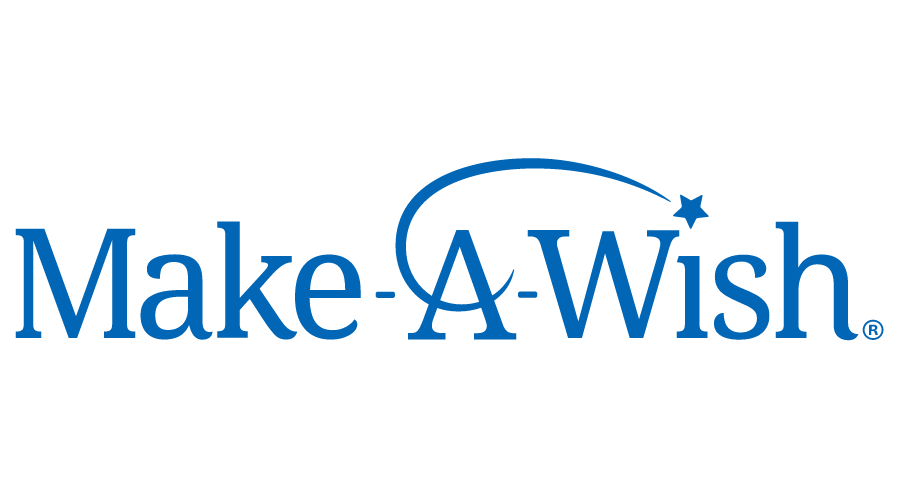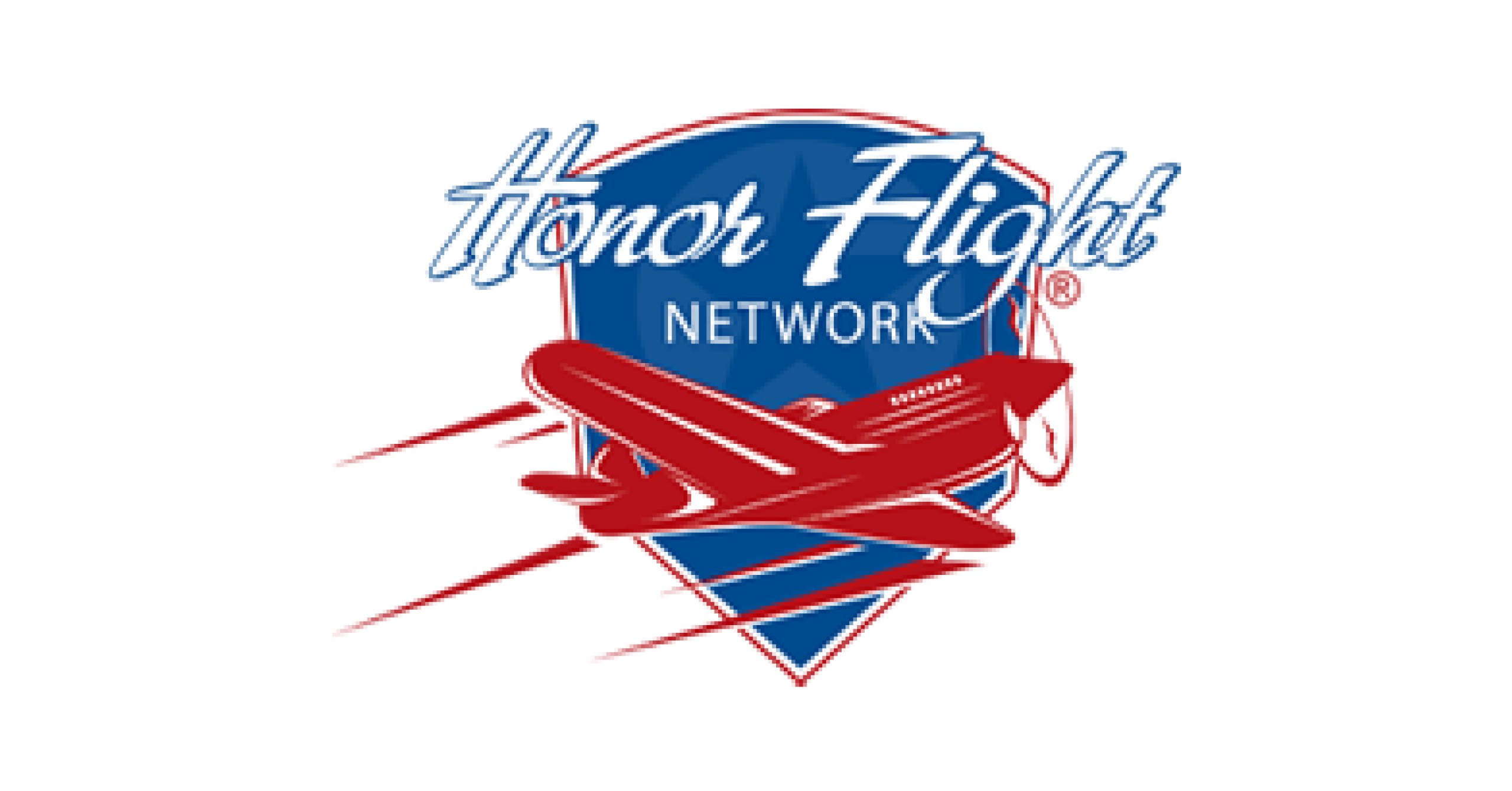10 tips to take the stress out of traveling (with kids) this holiday season
Share

For many of us, this will be the first holiday where we travel to gather and reunite with friends and family, and for some of us that may include traveling with children (as a mom of three, I’ve got you covered!).
It goes without saying, the holidays can be the busiest time of year for most of us, especially when it comes to travel. So while you are booking those flights and checking your list twice, here are 10 tips to make navigating your journey a bit easier.
1. Pack for nonstop fun.
When traveling with little ones, whether it’s on a long or short haul flight or an international trip, I’ve found the key is to keep them busy. Pack an array of different activities that will hold their attention & surprise them about every 30 minutes with a new source of entertainment. Load up on budget friendly crafts, grab bags, small snacks, coloring books and crayons—anything besides something that can easily be dropped and lost beneath your seat.



2. Download the Alaska Airlines app.
Alaska’s app is the perfect travel go-to from the day you start shopping for flights all the way to the moment you arrive at your destination. I use it to plan our trips, check-in for flights, get mobile boarding passes and so much more. You can also use it to check your flight status, view/change your seats and track your Mileage Plan balance for future travel with your family! It’s a travel-must for me.
3. Give yourself some grace.

If you haven’t traveled before or in a while, I highly suggest giving yourself enough time to get to the airport (at least two hours before domestic travel and three hours before flying internationally) and if you’re traveling with little ones, I’d add an hour to that just to be on the safe side! This way you should have plenty of time to park, speak to an agent if needed, check your bags and keep track of the kids and make your way through security.
Airport guides are also helpful and show recommended arrival times, ticket counter hours, airport services and more. Remember: Alaska begins boarding flights about 40 minutes before takeoff.
4. A trusted traveler program or spot saver is worth the sign up!
If you prefer to speed through lines like me I’d suggest considering signing up for a trusted travel program like TSA Pre✓®, Global Entry, Nexus, or SENTRI or other airport verification programs to speed up your wait times and to skip the lines. While some take some time to obtain, CLEAR is same-day sign up as well as spot saver programs like SEA Spot Saver, a reservation program in Seattle that helps you get through the security process quicker. Similar spot saver programs are also in Calgary, Charleston, Newark, Orlando and Phoenix.
5. Alaska can text you on the fly.

While the app notifies you of travel updates, Alaska’s texting feature is also a great resource to let you know of any sudden changes during your travel journey. Alaska will send you a notification if your flight is canceled or delayed by more than 15 minutes. It also sends important notifications about gate changes, whether your flight is on time and if Wi-Fi is available on your plane. During my most recent international trip to Mexico with my family, I was notified the night before that Wi-Fi wouldn’t be available on my 5+ hour flight, which gave me a friendly heads up to plan ahead and prep for the flight with that in mind. You can sign up for text notifications here.
6. Pre-order your meals before your flight.
Fresh food and beverage options are available on most Alaska Airlines flights, and that’s such an important option to have when traveling with kids. You can snack on favorites like the one my kids love, the Signature Fruit & Cheese Platter (they look forward to it every time they fly) or you can try new menu options via pre-order on most flights over two hours.
For guests in First Class, hot meals are back on coast-to-coast and Hawaii flights, plus Boxed Water is offered to quench your thirst (& it’s eco-friendly).
Don’t forget to pre-order meals for yourself and your littles (if applicable) 20 hours before your flight! Learn more: alaskaair.com/preorder.

7. Pack the essentials.
The holidays can be one of the busiest times of the year to travel, and sometimes bags don’t always end up where they should be (it happens). My advice: pack the essentials in a carry on bag so you know you’ll have what you need when you land.
Our family loves Alaska because of its special 20-minute bag guarantee—if your bags are not at baggage claim within 20 minutes of your plane’s arrival at the gate, they’ll offer you a $25 discount code for use on a future Alaska flight, or 2,500 Alaska Airlines Mileage Plan™ bonus miles. Learn more about Alaska’s baggage policies.
8. Buy the lounge membership, it’s worth it.
Alaska Lounges are the vacation before the vacation. Located in several major cities including Seattle, their lounges are a sweet escape from the airport hustle and bustle. I love taking my littles into the lounge because it’s so much easier to keep them close and even if they stray away, I can keep an eye on them. They love watching Alaska’s concierge pour fancy drinks and serve fresh food to guests (especially the pancake printer, that is a must-do). Overall, it’s a great way to power up and relax before a flight. You can learn more about Alaska’s lounge membership and its amenities here.


9. Breeze through security.
If traveling with kids, children 12 and under can leave on their shoes, light jackets and headwear during screening. For littles using strollers and car seats, you’ll have to pick them up and carry them through the walk-through metal detector. The rest of us, here’s some to-do’s:
- Have your boarding pass(es) and ID(s) ready to hand to screening agents.
- Remove any outerwear, belts with metal buckles, larger metal jewelry and accessories, and the contents of your pockets. Secure these items in your carry-on bag before putting them through the X-ray tunnel or find a small bin to place them into.
- In general screening lanes, remove electronic devices larger than a cell phone—including laptops, tablets, e-readers and handheld game consoles—and place in a bin for screening. Cell phones can stay secured in your carry-on bag.
- In general screening lanes, place the one quart-sized bag of liquids, gels and aerosols in a bin by itself for x-ray screening. Doing this will allow the TSA officer to get a clear view of the items to ensure they don’t pose a security risk.
- Wear shoes that are easily removable or untie/loosen shoelaces if you can.
- Once your bags and bin have gone through the X-ray, be sure to retrieve all of your personal property. Take your items to a nearby bench or chair. You’ll have more time to gather/repack your items, while those behind you to do the same.
10. Sit back, relax & be merry.
When you fly Alaska, staying connected is easy! On most flights, you can stream fast satellite Wi-Fi for only $8. During your flight, simply connect to AlaskaWiFi.com to stream over 800+ movies and TV shows – all for free! You can also chat for free and pick up your conversation where you left off, all while flying above the clouds!
And, during your flight, if you have kiddos, don’t miss exploring Vooks, a new inflight experience to keep your littles’ minds and hands occupied while they fly. You can also print free companion printable activity books that pair well with the titles you’ll find on board. Simply print before you go, pack headphones and your child’s favorite coloring supplies, and they’ll soon be on their merry way with programming created just for them.



From my family to you & yours, we hope you have a wonderful holiday and journey with Alaska!
– Tash @itstashhaynes













































































































